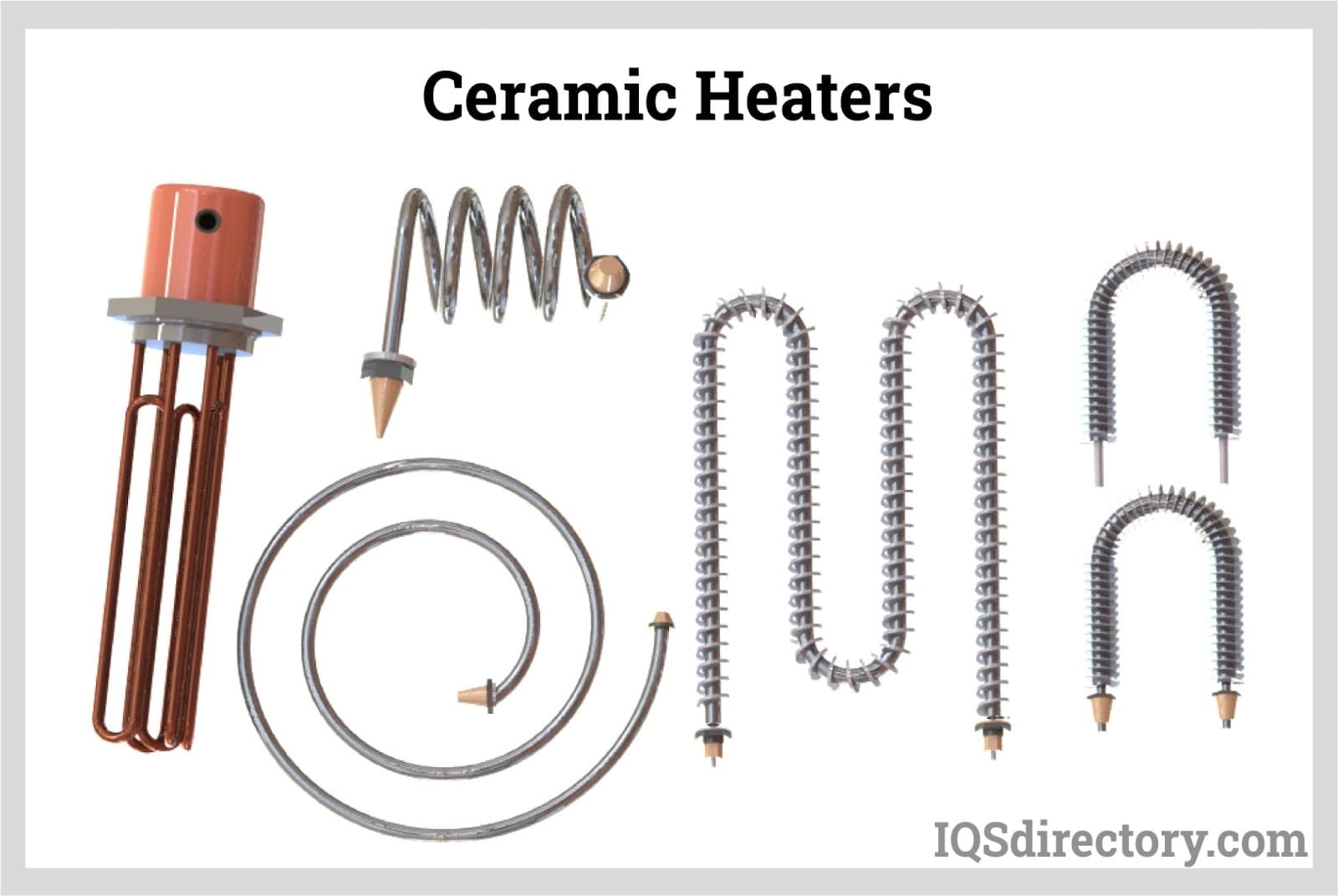1 Source Portable Air for Beginners
The Facts About 1 Source Portable Air Revealed
Table of Contents8 Simple Techniques For 1 Source Portable AirA Biased View of 1 Source Portable Air8 Simple Techniques For 1 Source Portable AirAn Unbiased View of 1 Source Portable AirHow 1 Source Portable Air can Save You Time, Stress, and Money.
Running expenses are based upon an electrical energy rate of 40c/kWh. The costs for 3 months' usage in winter months are based on 500 hours make use of, or roughly 6 hours each day for 3 months. Maximum warmth output is based upon the optimum electrical power of the designs we've examined (we focus on greater electrical power heaters).
This relies on what price you're taking a look at in advance acquisition, or running expense? As typical, there are trade-offs with either choice. Typically, little follower heaters are much less costly to get, but can have higher running prices. Oil column heaters will be the least expensive on the market to run (on standard) but only by a slim margin in advance of convection heaters (like panel and micathermic panels).
8 Simple Techniques For 1 Source Portable Air
If you have a relatively easy to fix ceiling follower, it'll assist distribute the warmth around the room much more evenly. A number of costly heating units have actually failed to excite our testers, while some less expensive models make for remarkably great buys.
As the name recommends, they emit heat from a red-hot home heating element (so the family will need to take turns sitting in front of it). There are flooring and wall-mounted designs readily available. Radiant heaters are reasonably cost-effective. They have a cosy radiance and individual warming impact, like resting in front of a fire.
The reasonably revealed home heating element can be a fire and security risk. An item of clothing went down over it might ignite, or little youngsters playing around a floor design may shed themselves, so be cautious. Radiant heating units generally set you back in between $20 and $200. Oil-filled column heaters do not in fact melt oil they utilize power to warm the oil that's secured inside their columns or 'fins'.
About 1 Source Portable Air
Some column heaters aren't also oil-filled however instead utilize various other material or heating technology to function the exact same method - 1 Source Portable Air. The threat of fire with an oil column heating system is reduced contrasted to other heating unit types, however never ever no. Oil heating systems don't have exposed aspects like radiant heating units do, and their surface area temperature level is less than numerous other heating unit types (their big area makes up for it)
Oil column heating units won't take off, and while they don't melt their oil to create heat, it's still combustible, so there is a fire risk if the oil leakages, if the heating unit tips over and leakages, or if combustible things or material enter get in touch with or fall on the heating system. You need to work out the exact same level of caution with oil heating systems as for various other heating system types, and never ever hang towels or clothes over one to completely dry them make use of a drying shelf instead, at least one metre away.
Column heaters are especially beneficial in rooms where they'll be activated for lengthy durations of time or where they'll operate ignored, such as overnight in a bed room. The surfaces you're most likely to discuss a column heating system don't get as warm as other types of electrical heating systems. You can make use of a ceiling fan on very low rate to help the column heating unit to distribute the warmth quicker and a lot more evenly.
If there's not much air motion (for example, if you're sitting reading or seeing TV), the warmth might not be dispersed uniformly. Oil-filled column heating systems usually cost between $50 and $450. Convection and panel heating systems attract cold air over an electrical burner. The heated air then leaves the heating system and increases in the direction of the ceiling, while cooler air actions visit our website in to replace it.
Indicators on 1 Source Portable Air You Should Know

Convection see and panel heating units are much more portable than their oil-filled column heater equivalents because they're significantly lighter. Like a column heater, you can make use of a ceiling fan on very low speed to distribute the heat much faster and much more uniformly.

1 Source Portable Air - The Facts
Fan heating units are typically smaller sized and a lot more portable than various other electric heating systems. They also are available in the type of tower follower heating systems, which can be much better for dispersing warm around larger areas as a result of their taller account. They can heat the air in a space more rapidly, evenly and promptly than a few other heating system types.
They can be quite noisy with the fan on full power, though are normally fairly silent at lower follower rates. Follower heating systems (ceramic or otherwise) generally expense in between $60 and $900. Ceramic follower heating systems aren't necessarily any type of various in cost to non-ceramic designs. A reasonably current entrant into the customer market, infrared heaters heat the space like the sun heats your face (without the UV rays so no risk of skin cancer). 1 Source Portable Air.